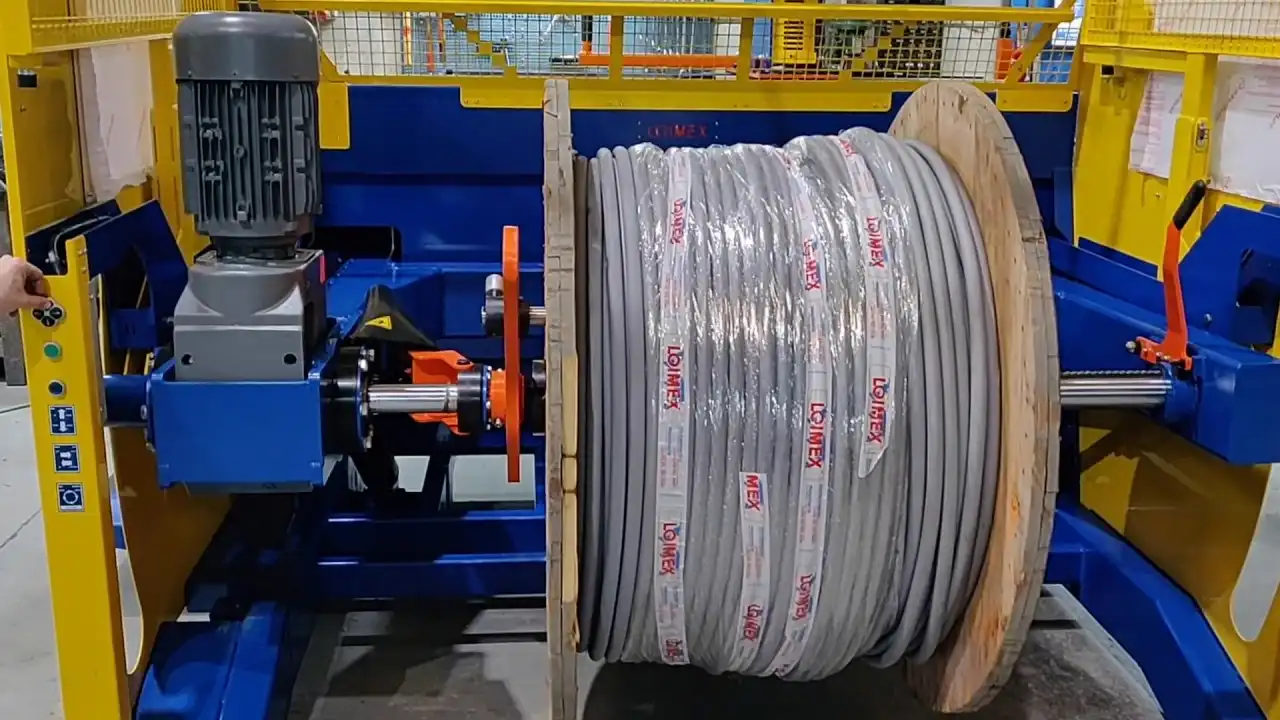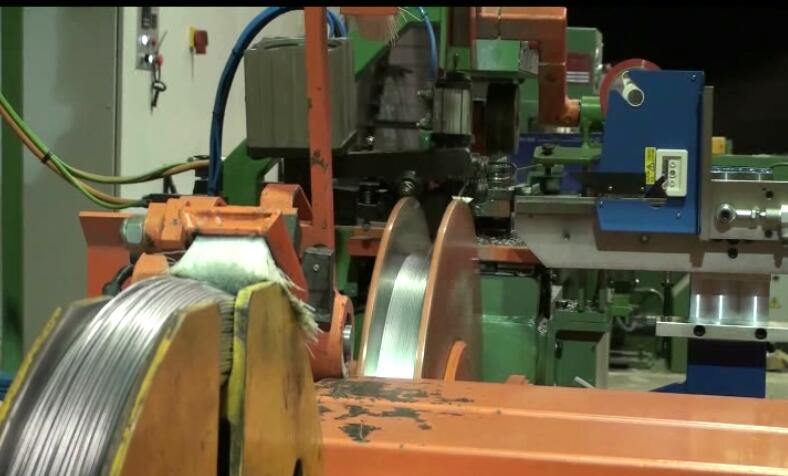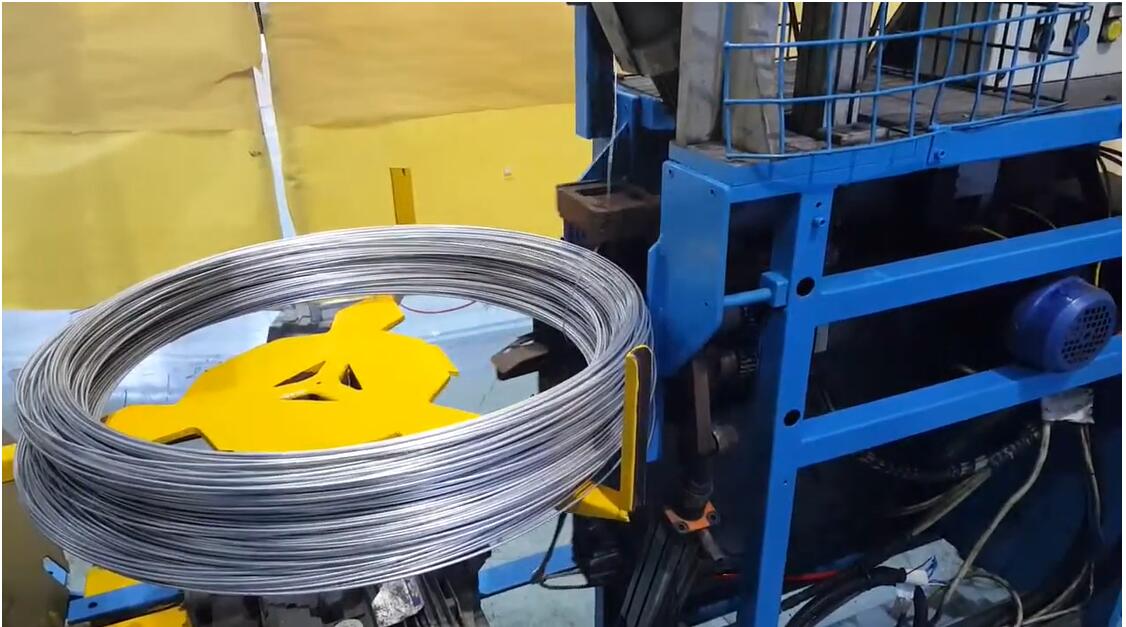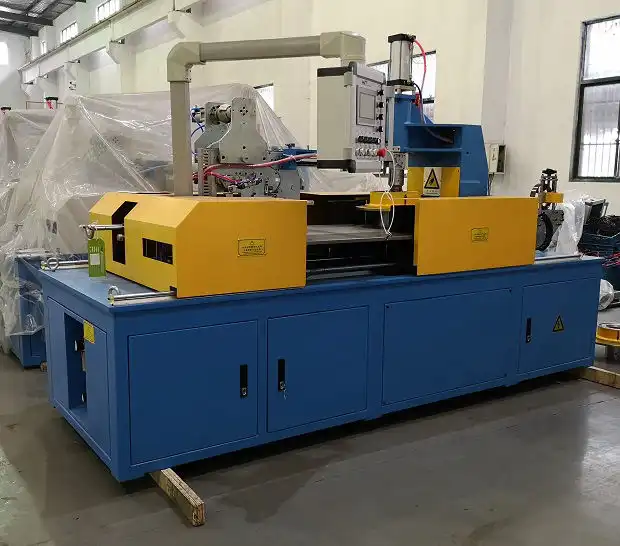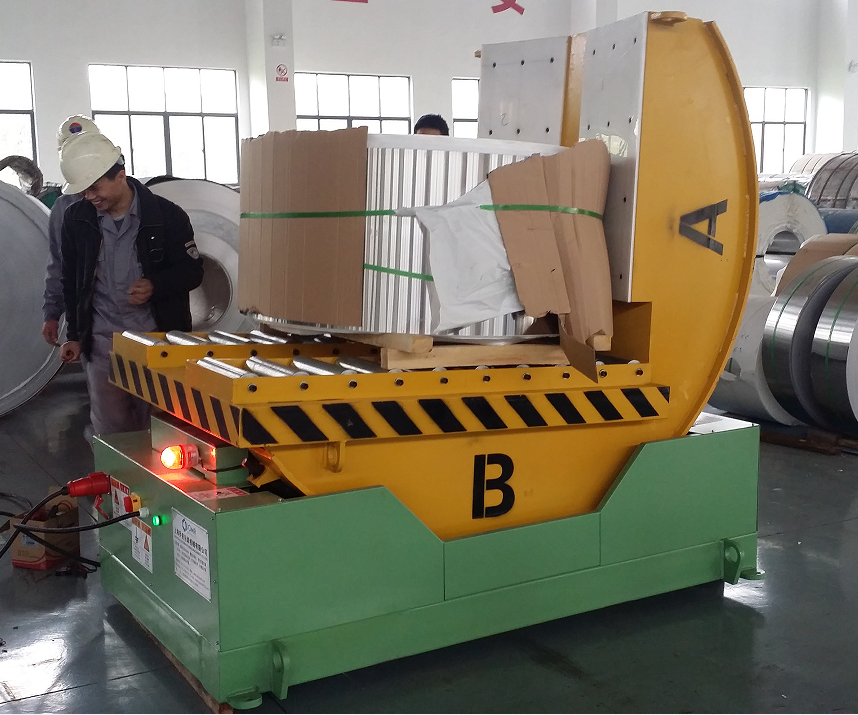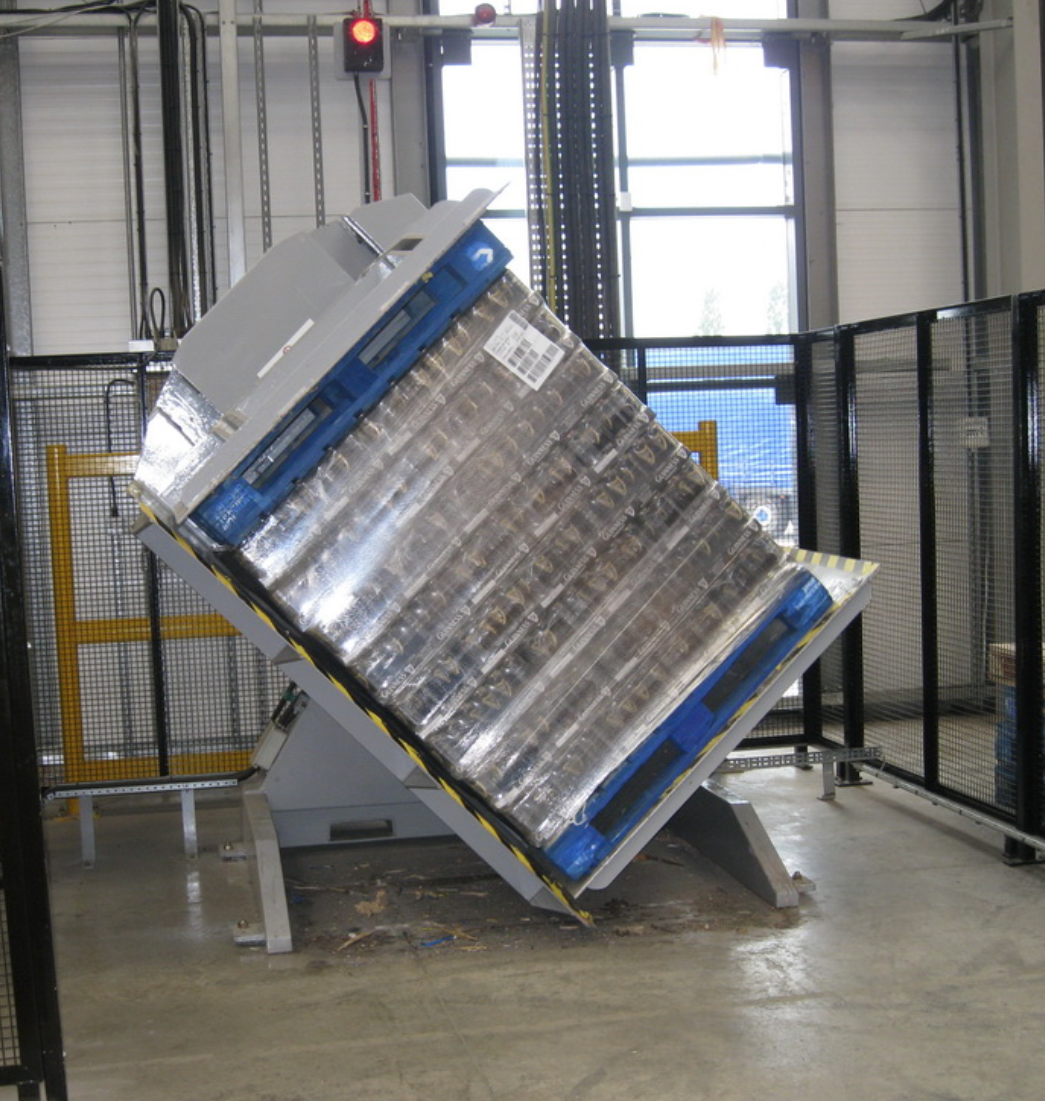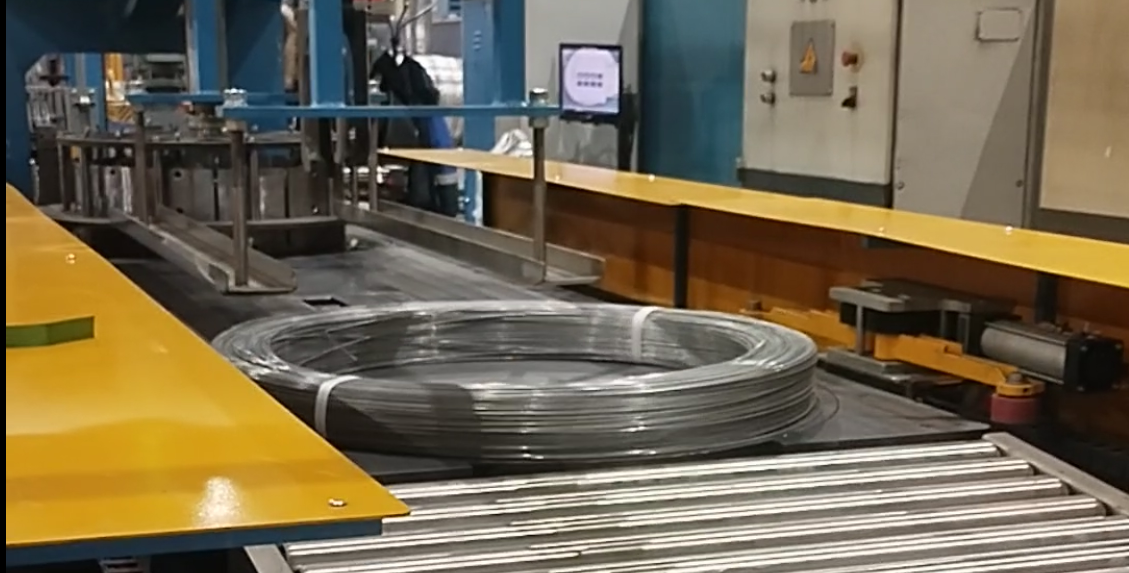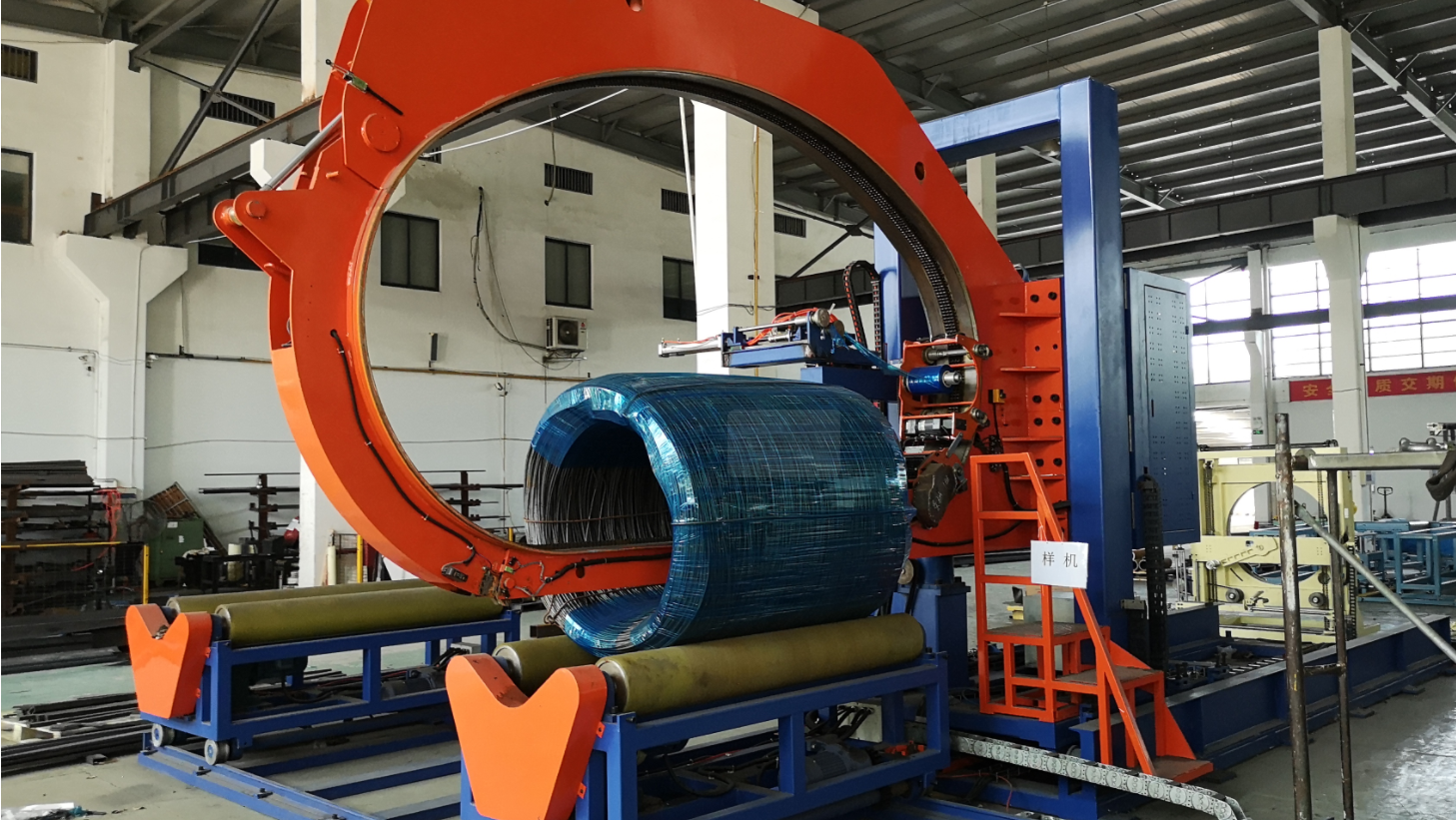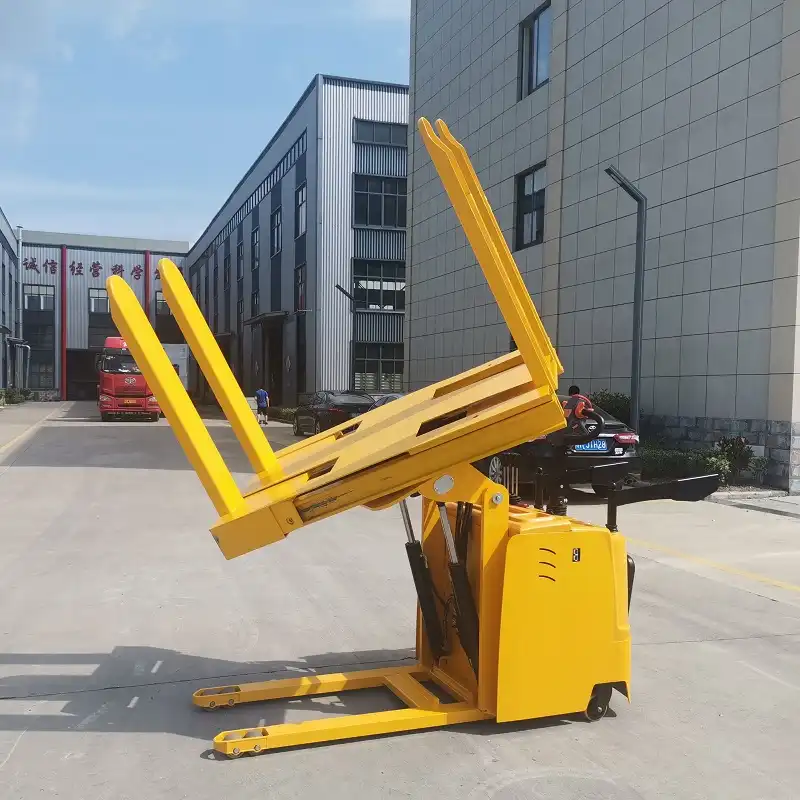Steel coils, essential components in numerous industries, are vulnerable to damage during transportation. Protecting these heavy and often delicate items requires careful planning and execution, from initial packing to final delivery. Implementing preventative measures is crucial for minimizing financial losses and ensuring customer satisfaction.
Preventing damage to steel coils during transportation involves several key steps, including proper handling techniques during loading and unloading, utilizing appropriate protective packaging materials like stretch film and VCI paper, and ensuring coils are securely fastened within the transport vehicle to minimize movement and vibration. These actions collectively mitigate risks such as rust, dents, and deformation.
Transportation is a critical phase for steel coils, and damage during this stage can lead to significant problems. Let’s delve into the essential strategies for safeguarding these valuable materials.
Understanding Common Causes of Steel Coil Damage During Transportation
Steel coil damage during transportation can arise from a variety of factors, often stemming from inadequate protection and improper handling. Identifying these common causes is the first step in implementing effective prevention strategies. Addressing these vulnerabilities proactively is key to minimizing losses and maintaining product integrity.
The primary causes of damage to steel coils during transportation include physical impacts from improper handling (dropping or bumping), environmental factors such as moisture leading to rust, and inadequate securing during transit causing coils to shift and deform. Vibration and prolonged exposure to harsh weather conditions also contribute significantly to potential damage.
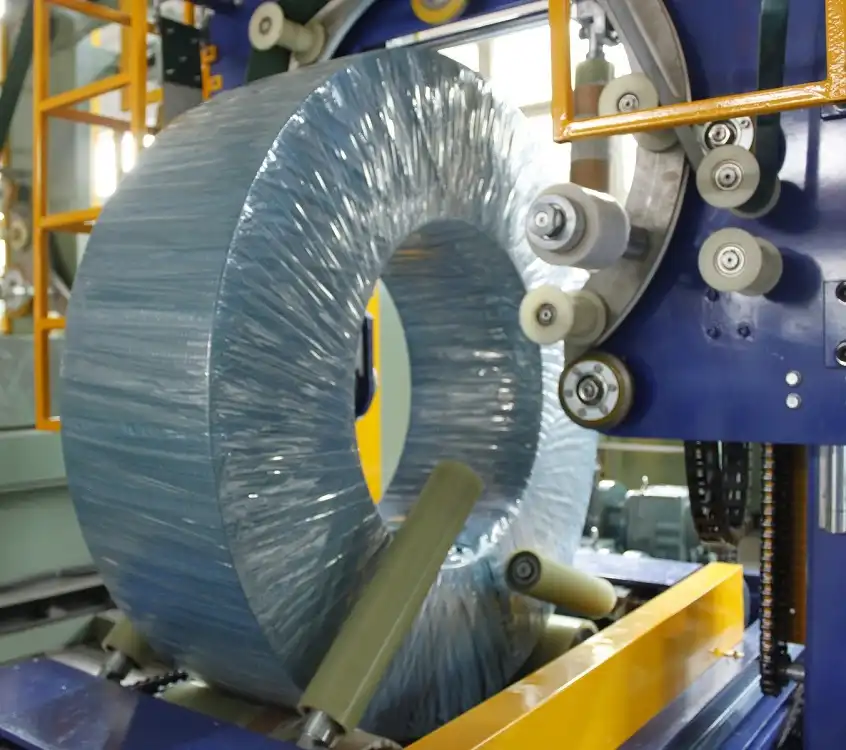
Deep Dive into Damage Types and Their Origins
To comprehensively prevent damage, it’s crucial to understand the specific types of damage steel coils can sustain and their root causes. This understanding allows for targeted preventative measures.
| Damage Type | Common Causes | Prevention Strategies |
|---|---|---|
| Rust & Corrosion | Moisture exposure, inadequate packaging, condensation | VCI paper/film wrapping, waterproof outer layers, controlled storage conditions |
| Dents & Deformations | Impacts during loading/unloading, shifting in transit | Careful handling procedures, proper lifting equipment, securement within vehicle |
| Edge Damage | Lack of edge protection, abrasion during transit | Edge protectors (cardboard, plastic), tight wrapping, secure loading |
| Surface Scratches | Contact with abrasive surfaces, loose straps | Protective wrapping layers, smooth contact surfaces, appropriate strapping |
| Water Spots | Water ingress during transit, condensation | Waterproof wrapping, desiccants within packaging, dry storage during transit |
Rust and Corrosion: Moisture is a major enemy of steel. Condensation inside packaging, rain ingress, or even humid air can initiate rust. For coils transported over long distances or across varying climates, rust prevention is paramount.
Dents and Deformations: Steel coils, despite their robustness, can be dented or deformed by impacts. Dropping coils during loading or unloading, or allowing them to shift and collide within the transport vehicle, can cause significant damage, affecting their usability and value.
Edge Damage: The edges of steel coils are particularly vulnerable. Without proper edge protection, these can be easily damaged during handling and transit. Damaged edges can make coils unsafe to handle and difficult to process.
Surface Scratches: While seemingly minor, surface scratches can be a concern for coils intended for applications where surface finish is critical, such as automotive or appliance manufacturing. Abrasive contact during transit can lead to these imperfections.
Water Spots: Even if rust is prevented, water spots can mar the surface finish of steel coils, especially those with polished or pre-painted surfaces. These spots can be aesthetically unappealing and may require additional processing to remove.
By recognizing these specific damage types and their origins, logistics and handling teams can implement targeted strategies to minimize risks at each stage of transportation.
Implementing Best Practices for Handling Steel Coils
Safe and efficient handling of steel coils is paramount to preventing damage. From the moment coils are prepared for shipment to their arrival at the destination, adherence to best practices minimizes the risk of physical harm and ensures coil integrity. Proper handling procedures should be implemented at every touchpoint in the logistics chain.
Best practices for handling steel coils include using specialized lifting equipment such as cranes and forklifts with coil rams, training personnel on safe lifting and moving techniques, establishing designated storage areas to minimize unnecessary movement, and implementing quality checks at each handling stage to identify and rectify potential issues early.
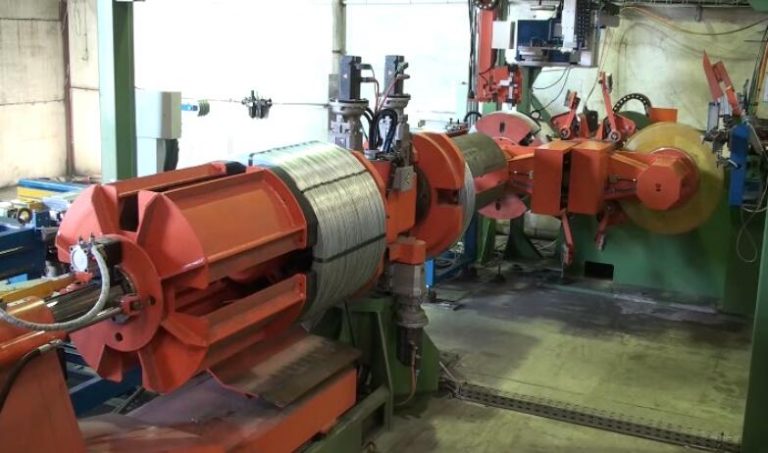
Detailed Handling Procedures and Equipment
To ensure best practices are consistently applied, detailed procedures and appropriate equipment are essential. This section outlines key aspects of steel coil handling.
-
Lifting Equipment:
- Cranes: Overhead cranes equipped with coil hooks or grabs are ideal for lifting and moving coils, especially in warehouse and loading dock environments. Ensure cranes are regularly inspected and operated by trained personnel.
- Forklifts: Forklifts with specialized coil rams are essential for moving coils around facilities and loading/unloading trucks. Coil rams should be correctly sized for the coil’s inner diameter and weight capacity.
- Upenders/Tilters: Coil upenders facilitate safe and controlled tilting of coils from vertical to horizontal (or vice versa), reducing stress and potential damage during orientation changes.
-
Personnel Training:
- Safe Lifting Techniques: Train all personnel involved in coil handling on proper lifting techniques, emphasizing keeping loads balanced, avoiding sudden movements, and using guiding ropes when necessary.
- Equipment Operation: Only trained and certified operators should be permitted to operate cranes and forklifts. Regular refresher training should be provided.
- Risk Awareness: Educate personnel on the common causes of coil damage and the importance of careful handling in preventing these issues.
-
Storage and Movement Optimization:
- Designated Storage Areas: Establish designated storage areas with smooth, level surfaces, free from debris and moisture. Clearly mark these areas and ensure they are adequately sized to prevent overcrowding.
- Minimize Movement: Plan material flow to minimize unnecessary movement of coils within the facility. Efficient layout design reduces handling frequency and potential for damage.
- Quality Checks at Handling Points: Implement checkpoints at each handling stage (e.g., after wrapping, before loading) to visually inspect coils for any signs of damage. Address any issues immediately.
-
Pre-Transport Inspection:
- Thorough Visual Inspection: Before loading for transportation, conduct a final thorough visual inspection of each coil. Check for rust, dents, edge damage, and any breaches in protective packaging.
- Documentation: Document the condition of coils before shipment. This documentation serves as a baseline for damage assessment in case issues arise during transit.
By implementing these detailed handling procedures and utilizing appropriate equipment, companies can significantly reduce the risk of damage to steel coils during handling, setting a strong foundation for safe transportation.
Choosing Effective Protective Packaging for Steel Coils
Protective packaging is the frontline defense against damage during steel coil transportation and storage. Selecting the right packaging materials and methods is crucial for shielding coils from environmental hazards and physical impacts. Effective packaging minimizes corrosion, dents, scratches, and other forms of damage, preserving the coil’s quality and value.
Effective protective packaging for steel coils typically involves multiple layers, starting with rust-preventative measures like VCI paper or film, followed by a moisture barrier such as stretch film, and potentially reinforced with edge protectors and outer wrapping for physical protection. The specific packaging should be tailored to the coil type, transportation mode, and environmental conditions.
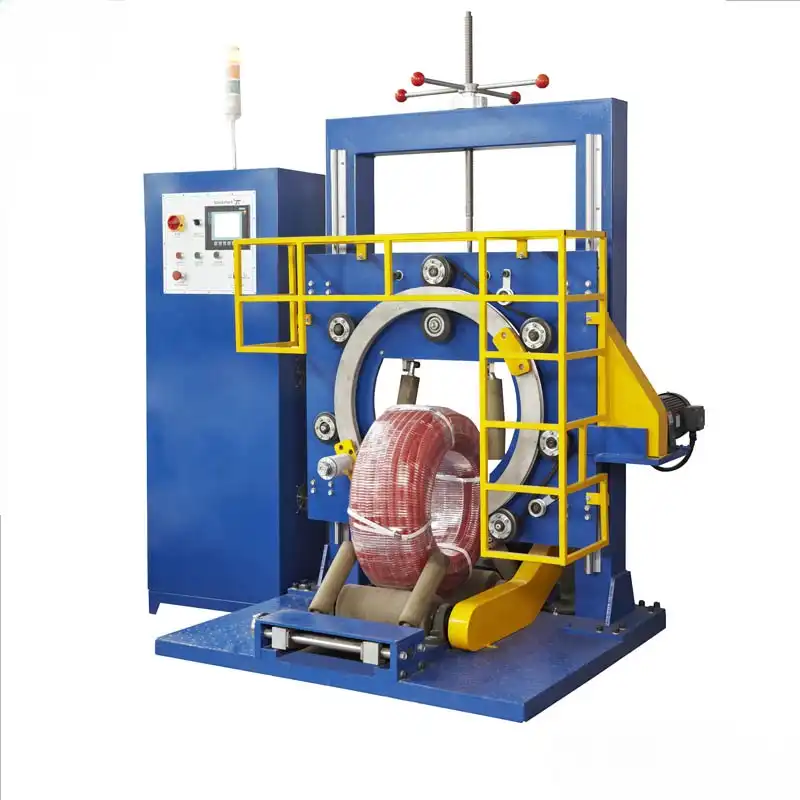
Layered Packaging Solutions and Material Selection
A layered approach to packaging provides comprehensive protection. Here’s a breakdown of common materials and their roles:
-
Inner Layer: Rust Prevention
- VCI (Vapor Corrosion Inhibitor) Paper/Film: VCI materials release corrosion-inhibiting vapors that create a protective atmosphere around the steel, preventing rust. Ideal for long-term storage and humid environments.
- Rust Inhibiting Oil/Coatings: Applying a thin layer of rust-inhibiting oil or coating directly to the steel surface provides a primary barrier against corrosion.
-
Middle Layer: Moisture Barrier & Cushioning
- Stretch Film: Creates a tight, waterproof layer around the coil, preventing moisture ingress and providing some cushioning against minor impacts. Choose films with good tear resistance and puncture strength.
- Kraft Paper/Corrugated Paper: Provides an additional layer of moisture resistance and cushioning, particularly when used in multiple wraps.
-
Outer Layer: Physical Protection & Reinforcement
- Woven Polypropylene (PP) Fabric: A robust outer wrap that provides excellent tear resistance and physical protection against abrasion and minor impacts.
- Steel or Plastic Strapping: Secures the entire packaging, compressing layers and providing structural integrity for handling and stacking.
- Edge Protectors (Cardboard/Plastic): Placed on coil edges to prevent damage from strapping pressure and impacts.
-
Optional Layers for Specific Needs
- Desiccants: Placed inside the packaging to absorb any residual moisture, especially important for shipments through humid climates or across temperature variations.
- Bubble Wrap/Foam Padding: For exceptionally delicate coils or long-distance transport, additional layers of bubble wrap or foam padding can provide enhanced cushioning.
Material Selection Considerations:
- Coil Type: Different steel grades and finishes may have varying corrosion sensitivities.
- Transportation Mode: Sea freight, road transport, and air freight have different environmental and handling risks.
- Destination Climate: Consider humidity, temperature variations, and potential exposure to rain or snow.
- Storage Duration: Longer storage periods require more robust rust prevention and moisture barriers.
- Budget: Balance desired protection levels with packaging material costs.
Example Layered Packaging System:
- Apply rust-inhibiting oil to the steel coil surface.
- Wrap tightly with VCI stretch film.
- Apply cardboard edge protectors around the coil circumference.
- Wrap with multiple layers of heavy-duty stretch film.
- Outer wrap with woven PP fabric.
- Secure with steel strapping both radially and axially.
By carefully selecting packaging materials and implementing a layered approach, businesses can create robust protective packaging systems that significantly minimize steel coil damage during transportation.
Ensuring Securement of Steel Coils During Transit
Even with careful handling and robust packaging, steel coils can be damaged if not properly secured within the transport vehicle. Securement prevents coils from shifting, rolling, or bouncing during transit, which are major causes of dents, deformations, and even complete loss of load integrity. Proper securement is not only crucial for preventing damage but also for transportation safety, ensuring the safety of drivers and other road users.
Securing steel coils during transit requires using appropriate load securement methods such as chocks, wedges, tie-down straps, and chains, arranged according to industry best practices and regulations. The specific methods will vary based on coil size, weight, and the type of transport vehicle, but the goal is always to immobilize the coils effectively.

Best Practices for Load Securement and Compliance
Effective load securement involves a combination of techniques and adherence to regulatory guidelines. Here are key best practices:
-
Pre-Trip Inspection of Vehicle:
- Check Restraints: Ensure tie-down straps, chains, and other securement devices are in good condition, with no signs of wear, damage, or corrosion. Verify they are of the correct rating for the load weight.
- Vehicle Floor and Walls: Inspect the vehicle floor and walls for any damage that could compromise load securement. Ensure floor is clean and free of debris that could cause coils to shift.
-
Loading and Positioning:
- Weight Distribution: Distribute coil weight evenly across the vehicle floor to maintain stability and avoid overloading axles.
- Coil Orientation: Load coils in the "eye-horizontal" position whenever possible, as this is generally more stable than "eye-vertical." If eye-vertical loading is necessary, extra securement measures are required.
- Tight Loading: Load coils tightly together, minimizing gaps between coils and between coils and vehicle walls. This reduces the potential for shifting.
-
Securement Methods:
- Chocks and Wedges: Place chocks or wedges snugly against the sides of coils to prevent rolling, especially for eye-horizontal loading.
- Tie-Down Straps and Chains: Use heavy-duty tie-down straps or chains to secure coils to the vehicle. Straps/chains should be passed over the coils and anchored to securement points on the vehicle. Use sufficient number of straps/chains based on coil weight and size.
- Direct Tie-Down: Whenever possible, use direct tie-down methods where straps/chains go directly from the coil to the vehicle anchor points. Avoid indirect tie-downs that rely on friction alone.
- Friction Mats: Placing friction mats or dunnage between coils and the vehicle floor increases friction and reduces the tendency to slide.
-
Regulatory Compliance:
- FMCSA Regulations (USA): Familiarize yourself with and comply with the Federal Motor Carrier Safety Administration’s (FMCSA) cargo securement regulations for metal coils.
- EN 12195 (Europe): Adhere to the European standard EN 12195 for load securing on road vehicles.
- Local Regulations: Be aware of and comply with any specific load securement regulations in the regions of origin, transit, and destination.
-
Post-Loading Inspection:
- Final Securement Check: After loading and securement, conduct a final inspection to ensure all coils are properly positioned and securely restrained. Verify straps/chains are tight and chocks/wedges are in place.
- Driver Briefing: Brief the driver on the nature of the load and any specific handling or driving considerations related to steel coil transport.
By diligently implementing these best practices for load securement and ensuring compliance with relevant regulations, companies can significantly minimize the risk of steel coil damage during transit and promote safer transportation operations.
Conclusion
Protecting steel coils during transportation is a multifaceted endeavor that requires attention to detail at every stage. From understanding potential damage causes and implementing best handling practices to utilizing effective protective packaging and ensuring securement during transit, a proactive and comprehensive approach is essential. By prioritizing these preventative measures, businesses can significantly reduce damage, minimize financial losses, and maintain the quality of their steel coil products, ensuring customer satisfaction and operational efficiency. Investing in proper procedures and equipment for steel coil transportation is an investment in the long-term success and reputation of any organization dealing with these valuable materials.


